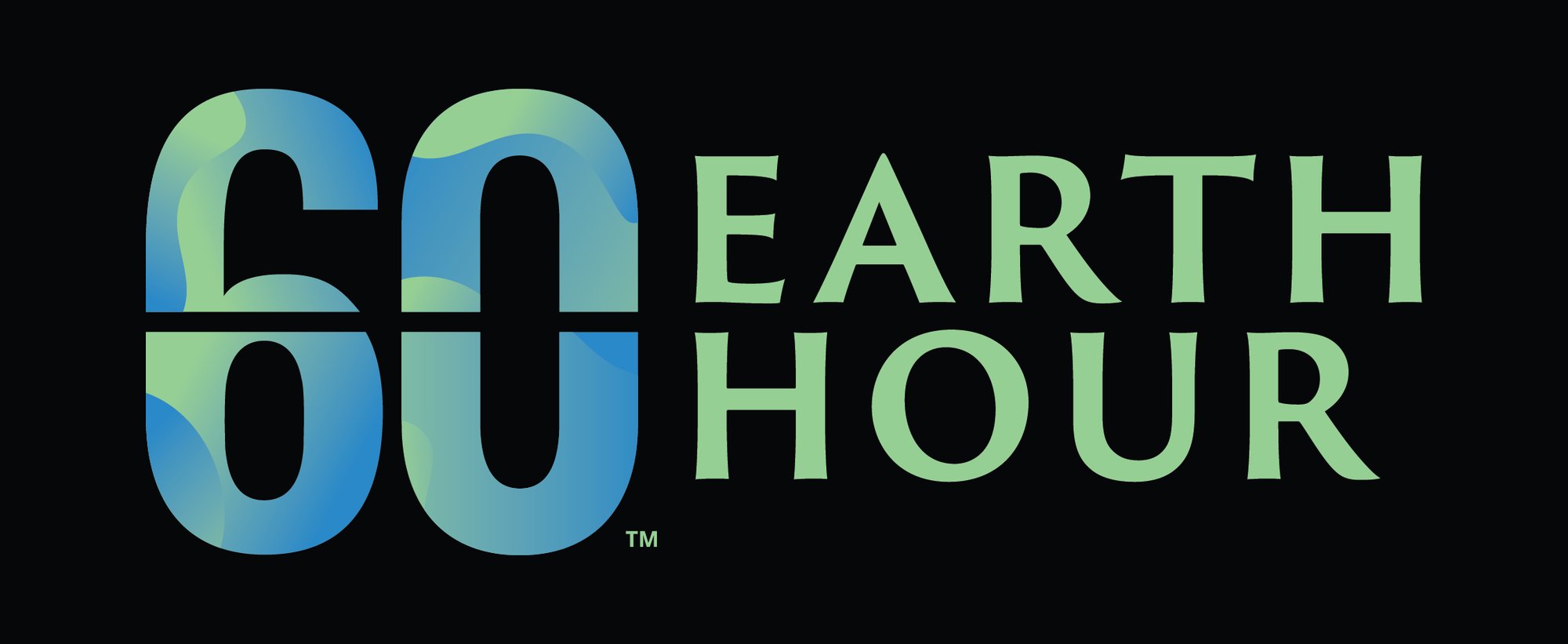FAQ’s
01 What is Earth Hour?
Earth Hour, organized by WWF, is a global grassroots movement uniting people to take action on environmental issues and protect the planet. Engaging a massive mainstream community, Earth Hour was famously started as a lights out event in Sydney, Australia in 2007. Since then, it has grown to engage millions of supporters in more than 185 countries and territories, inspiring individuals and organizations worldwide to take action for the environment, and driving major legislative changes by harnessing the power of the crowd. As the movement grows, the one-hour lights out event continues to be the symbol of a broader commitment toward nature and our planet.
02 When does Earth Hour take place?
03 Is Earth Hour an annual event?
04 How long has Earth Hour been going for?
The first Earth Hour event was held on 31 March 2007. WWF-Australia inspired Sydney-siders to show their support for climate action. More than 2.2 million individuals and 2,000 businesses turned their lights out for one hour in the first Earth Hour event.
05 What does Earth Hour ask people to do?
06 What does Earth Hour aim to achieve?
For the past 10 years, people around the world have come together every Earth Hour to support efforts to tackle climate change. And, together, we have created a powerful movement that helped deliver strong global commitments to tackling this threat. Climate change remains a big challenge for us all.
But another urgent threat now demands our attention: the staggering loss of biodiversity and nature. Earth Hour today endeavors to spark global conversations on protecting nature not only because it is our strongest ally against to the climate crisis - but also because of its importance in ensuring our own health, happiness, prosperity and even survival.
07 What does a commitment to Earth Hour mean?
08 Why is Earth Hour the event held in late March?
09 What has Earth Hour achieved since the movement began?
- WWF-Uganda created the world’s first Earth Hour Forest
- More than 250,000 Russians voiced support for better protection of their country’s seas and forests
- Argentina used its 2013 Earth Hour campaign to help pass a Senate bill for a 3.4 million hectares Marine Protected Area in the country
- Thousands of wood-saving stoves were distributed to families in Madagascar
- Solar-powered lights were installed in three villages without electricity in India
- In Paraguay, WWF used the Earth Hour platform to build public support to gain an extension of the logging moratorium, helping to reduce deforestation
- Education programs for schools were launched in Thailand and Taiwan
- Hundreds of thousands of LED lights were installed by girl scouts in the USA
- More than 2,123 mitigation actions submitted by Earth Hour City Challenge 2014 participating cities
But this is just the start. There are so many more Earth Hour stories out there we’re still discovering, and of course much more to do.
10 What does the Earth Hour logo mean?
11 I'm new to Earth Hour, where can I start?
12 Who can participate?
13 I represent a hotel. What is the best way for my organisation to celebrate Earth Hour?
14 Does Earth Hour welcome the support of other NGOs (Non-Government Organisations) and NFP's (Not for Profits)?
Absolutely. In fact, the success of Earth Hour would not be possible without the support of other NGOs and NFPs. Global organizations such as the World Organization of the Scout Movement and the World Association of Girl Guides and Girl Scouts have been pivotal in spreading the Earth Hour message, while in some countries where there is no WWF presence, Earth Hour campaigns are orchestrated entirely by other NGOs and NFPs.
15 Do you have requirements or regulations about who can or cannot partner with Earth Hour?
16 Whose idea was Earth Hour?
Earth Hour came from a think tank initiated by Earth Hour Co-Founder, Andy Ridley, resulting in the formation of a partnership between WWF-Australia, Leo Burnett and Fairfax Media to address the climate change issue.
In 2007, there was still a degree of skepticism and denial on the issue of climate change. Earth Hour came as the inspiration to rally people to the reality of climate change and start a dialogue about what we as individuals can do to help address the planet’s biggest environmental challenge yet. Leo Burnett partnered with WWF to promote the idea and help make the campaign a reality in Sydney, a campaign which has now gone beyond Australia and climate change to symbolize the growing global pursuit of a better, sustainable future for all.
